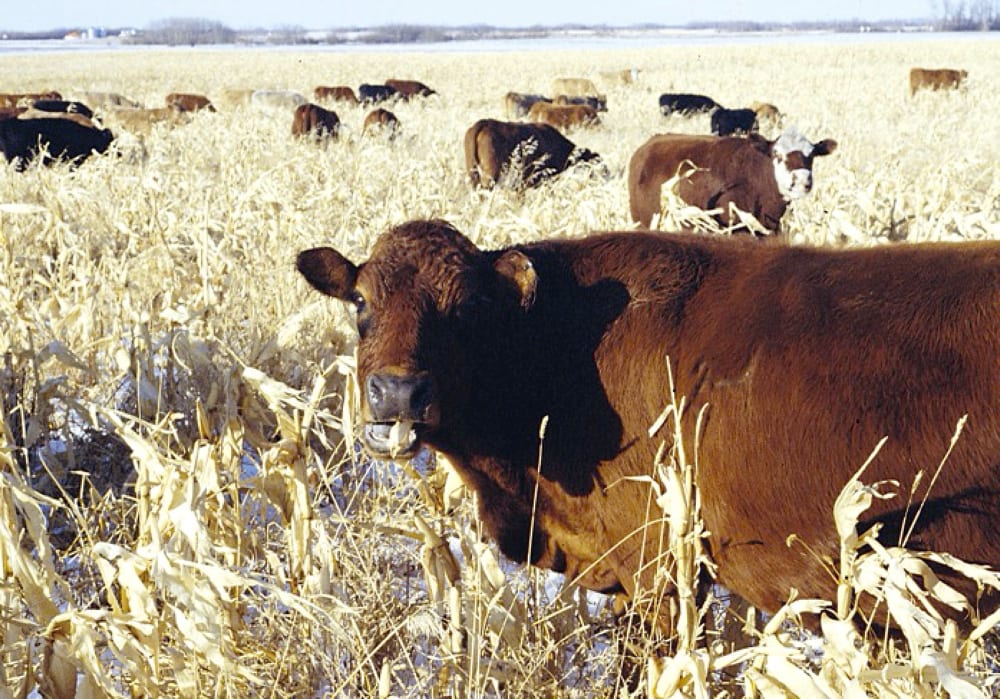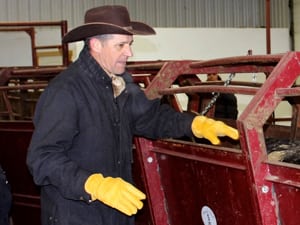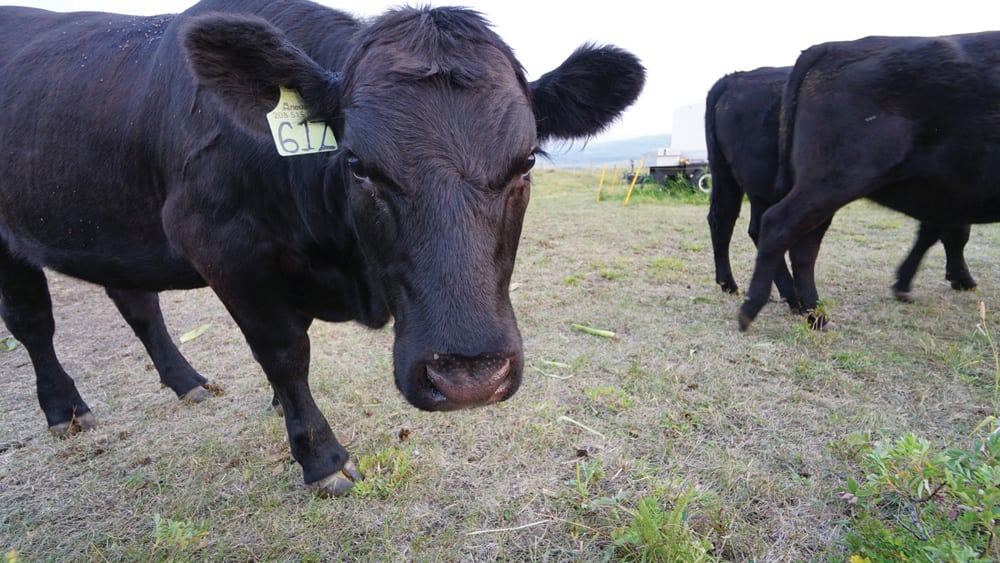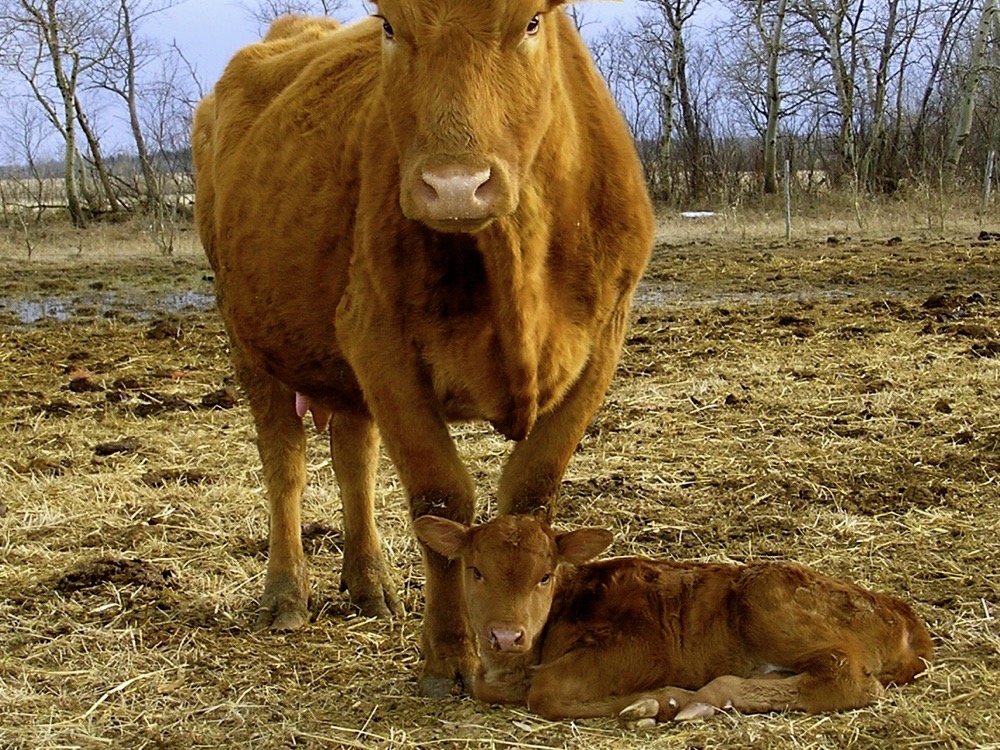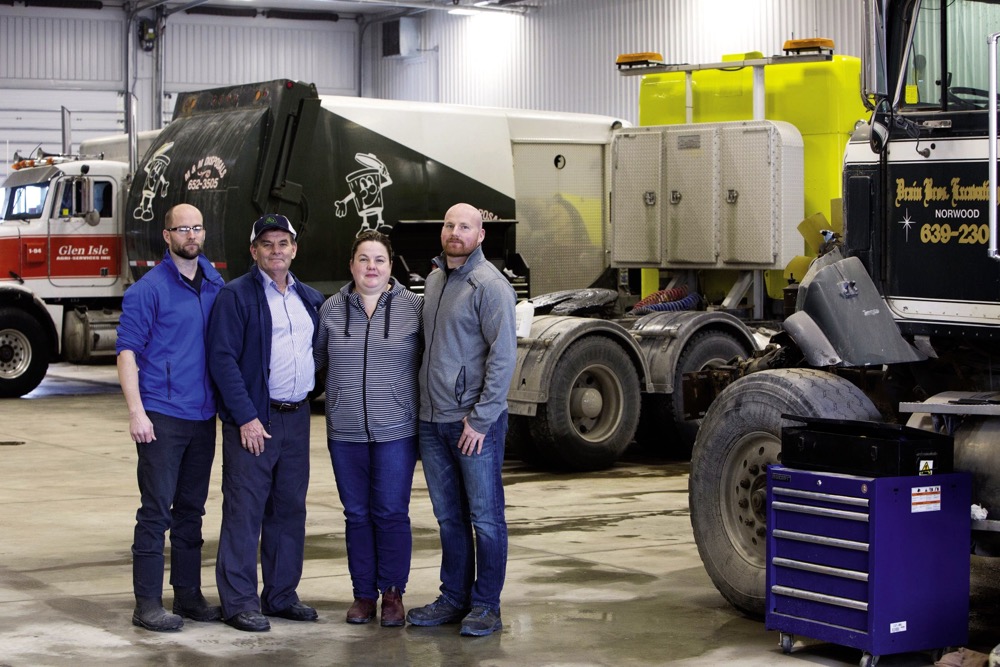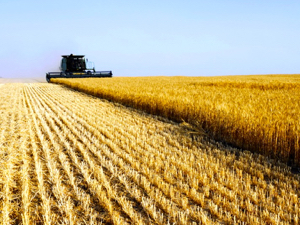Tips for calf preconditioning

Veterinarian Mark Hilton shared his experiences working with an Indiana producer who co-operated with Purdue University on a preconditioning project from 1999 through 2009. When they boiled it down, four points came to the forefront as keys to success that could be transferred to other farms.
1. Team building

If you try once and it doesn’t work, don’t give up because maybe you just missed one important piece. Veterinarians, nutritionists, forage and grazing specialists, financial and marketing consultants, and people knowledgeable about genetics can help find the missing pieces.
It takes time to build management and marketing skills. The co-operator averaged a return to labour and management of $37.28 per calf the first three years and $91.41 per calf the last three years. The average across all years was $80.70 per calf. Some producers have started by preconditioning some of their calves and worked up from there.
2. Weight gain and efficiency (genetics)

Profit per calf fluctuates from year to year depending on calf and feed prices. Producers tend to perceive that it was all for naught when their calves don’t bring a premium, but only the numbers tell the true story. Every time the co-operator thought he probably lost money because preconditioning costs had gone up, it turned out that he had still made money because the calves gained well and he had done a good job of marketing. Ten out of the 11 years he made money because he was able to put weight on the calves at an economic rate. Only one year was the profit because of a premium bonus.
Profit is directly tied to average daily gain. With today’s genetics you can aim for 2.5 to three pounds of gain per day without worrying about calves getting too fleshy. Not one of the co-operator’s calves got dinged for being too fleshy.
Hilton says Canada is light years ahead of the U.S. when it comes to crossbreeding to take advantage of hybrid vigour. He worked with the co-operator to incrementally improve genetics by selecting high-quality, exotic and Hereford bulls with expected progeny differences for good weaning weights to cross with the average-quality Red Angus and Red AngusXAngus cows. He gave up the $15 premium for black calves, but gained $50 per calf because of the additional 40 pounds of weaning weight due to crossbreeding.
3. Herd health and nutrition

The co-operator had been doing a good job with his vaccination program, so where they were really able to make progress was by improving nutrition. After a couple of years, they started fine-tuning the ration weekly in step with the increasing weight of the calves.
Hilton recommends rations high in fibre and protein to put on muscle, not fat. The co-operator’s rations included dried distillers grain and concentrate, hay, salt, mineral and an ionophore. Growth implants rounded out the program with a big return of $10 and up to $24 for the dollar spent on the implant.
You can’t control market prices, but you can control feed management, he says. Overall, 63 per cent of the profit was due to weight put on the calves and the rest was because of bonuses.
4. Marketing and pricing

Build a resumé for your calves and market it with the calves so that feedlots have a starting point. Include details such as genetics for feedlot performance and carcass traits, calf disposition, your low-stress handling policy, vaccination program, parasite control and preconditioning ration.
Some markets still run special sales for preconditioned calves. Some take time to announce management practices or list them in the sales catalogues at regular sales. Online auctions also have space to include details, while direct marketing gives you the opportunity to actually discuss your program with the feedlot owner or buyer. Any time you know the buyer of your calves, follow up to find out how your calves are doing and learn what you might be able to do better.
“We need to be so proud of our calves that we’d like to put our name and phone number on the back of every tag,” Hilton says.

